Following its close encounter at Kuiper Belt object Arrokoth on New Year's Day 2019, the New Horizons spacecraft is currently sailing through the outer Solar System at 50,000km/h. In December 2020 it's spending several days turning one of its cameras towards some of the small, icy bodies that live in the deep recesses of the Kuiper Belt.
While the pictures returned by this new set of observations will be little more than dots against a starry backdrop, they could help researchers plumb the deep history of our planetary neighbourhood.
Read more:
- What did New Horizons discover at Pluto?
- Latest data from New Horizons' Kuiper Belt flyby
- Interview: New Horizons' Kuiper Belt encounter
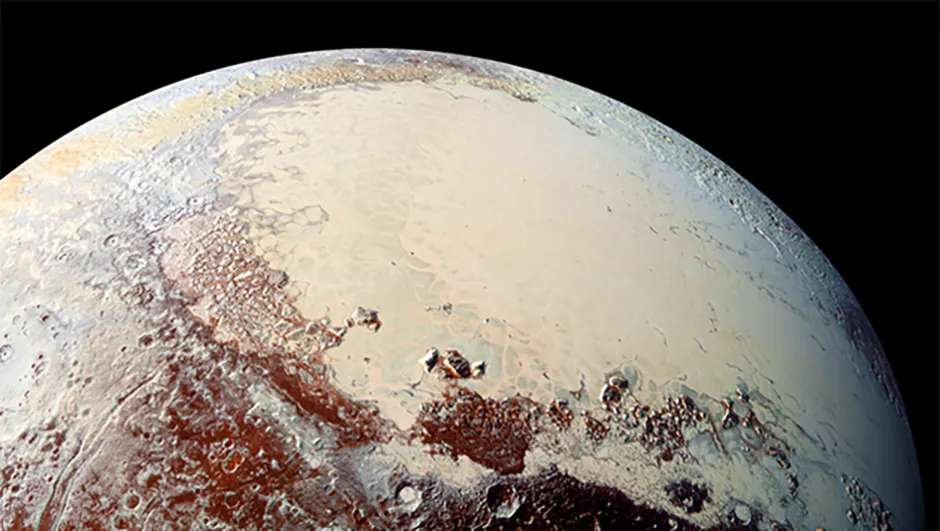
When it launched in 2006, New Horizons’ primary target was the Pluto system. The one-time planet and its moons lie some 5.75 billion km from Earth, within a zone of our planetary neighbourhood that astronomers call the Kuiper Belt.
Here beyond the orbit of gas giant Neptune lie not only Pluto and several other frozen worlds over 1,100km in diameter, but thousands of smaller, icy objects.
New Horizons’ exploration of Pluto was humanity’s first foray into this enigmatic region, and as the spacecraft flew past the dwarf planet’s frosted globe in 2015, it captured enthralling views of obliquely lit ice mountains and immense, frozen plains peppered with craters.
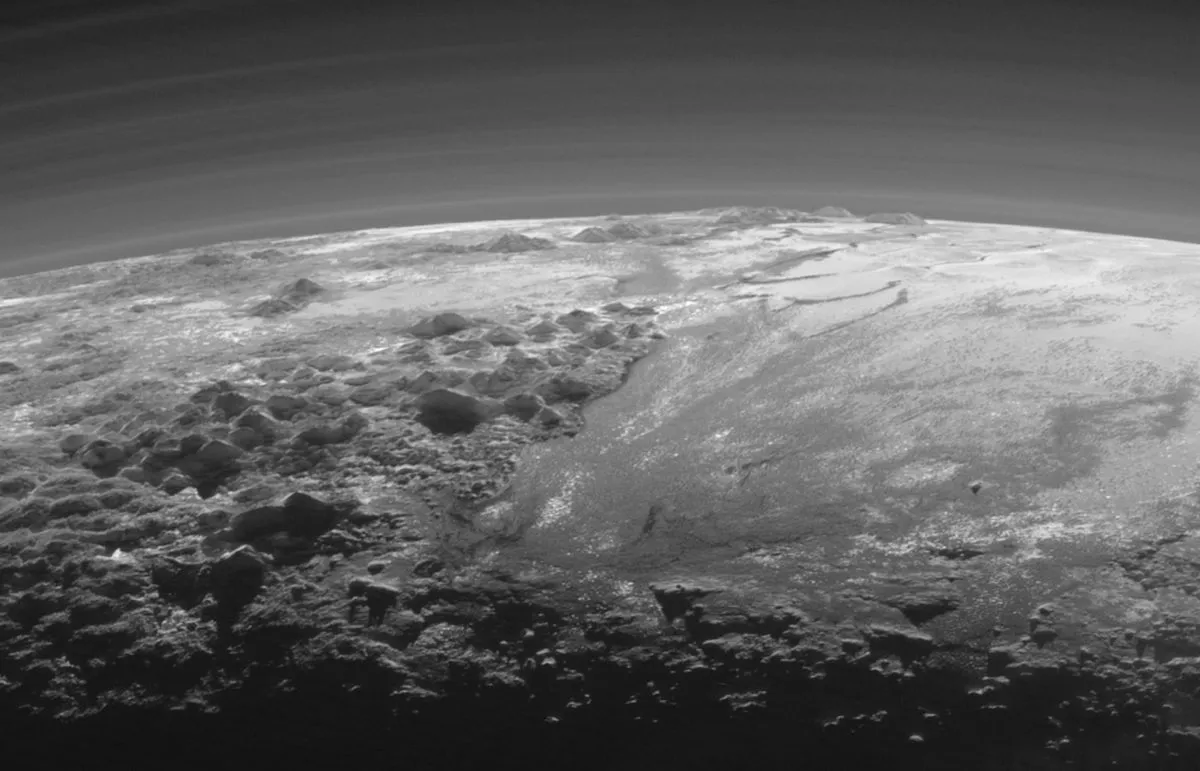
But the team controlling the spacecraft also had their eyes on what lay in the shadows beyond.
Following a detailed search in 2014, astronomers had discovered a Kuiper Belt inhabitant more than 1.3 billion km beyond Pluto, which was in a position where the perpetually outbound probe could pay it a fleeting flyby.
New Horizons' Kuiper Belt flyby
So it was that, as bleary-eyed revellers welcomed in the first few hours of 2019, New Horizons was beaming home images and scientific measurements of ‘Arrokoth’ – a strange, roughly 30km-long object seemingly made of two icy bodies that have collided and become one.
The examination and interpretation of the results collected in those precious hours at Arrokoth has occupied many of the New Horizons mission scientists ever since.
For more on this, read our interview with New Horizons scientist Carey Lisse.
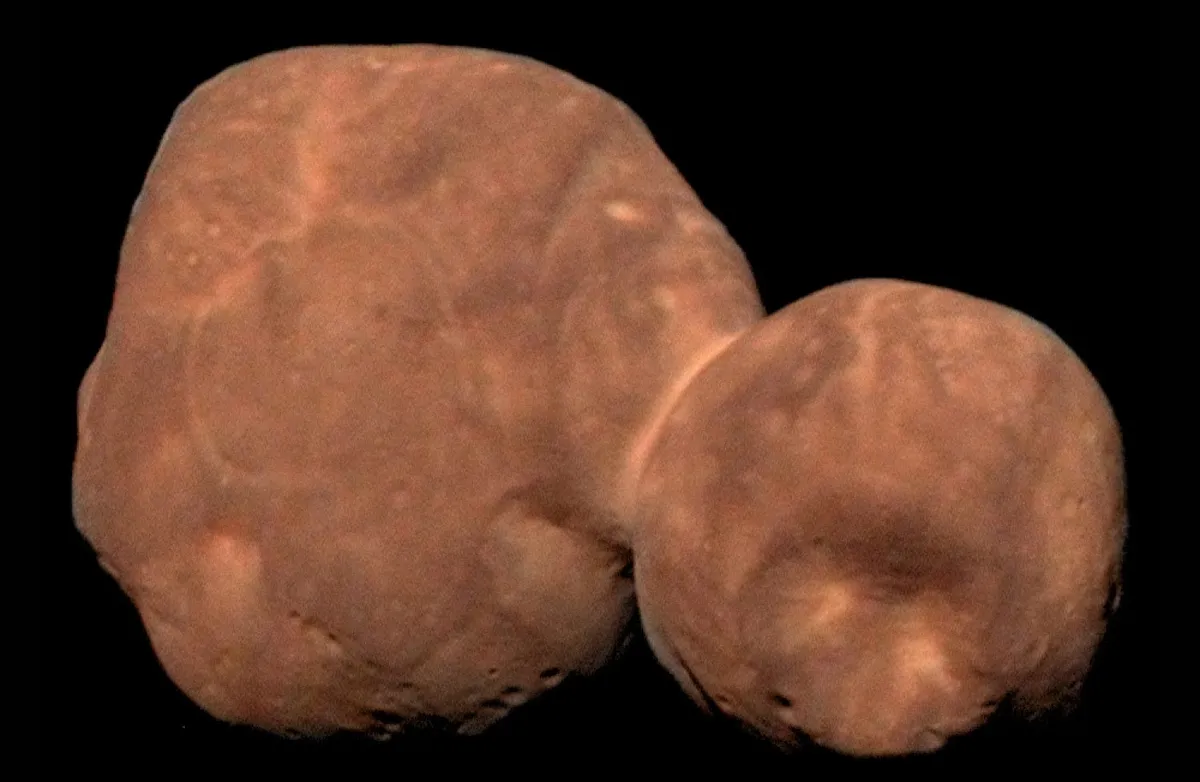
"It’s been a whirlwind of data reduction and analysis," says Professor Anne Verbiscer, an assistant project scientist on the New Horizons team."There’s just a tremendous amount of information that we learned from that flyby."
Part of the significance of the Arrokoth flyby observations is that they represent the first time
researchers have seen one of these small and extremely distant Kuiper Belt objects in such detail.
"It’s really been amazing to see what something that far from the Sun looks like up-close," says Verbiscer.
Arrokoth is part of a population of objects in the Kuiper Belt known as the ‘Cold Classicals’.
Although these are frozen entities, by virtue of their immense distance from our star, the ‘cold’ in their name actually refers to how they have remained unperturbed over the eons.
"Their positions, or their orbits, have not been altered in any way," explains Verbiscer.
"They’ve been travelling around the Sun for four billion years and they haven’t budged. So they are located where they were formed and haven’t been changed by any kind of migration or influence by the outer planets, most notably Neptune."
Indeed, it’s thought that the Cold Classical Kuiper Belt objects are the primordial remnants of the protoplanetary disc, out of which the planets we know today emerged.
"This is our first close look at something that is considered to be a building block for the Solar System," says Verbiscer.

What can New Horizons tell us about the Solar System?
Scientific data from the Arrokoth flyby is rich with clues as to how some of the most ancient Kuiper Belt objects – and, by extension, the larger worlds within our planetary family – were constructed.
Images from New Horizons show that the two parts of Arrokoth share the same composition, the same colour and the same level of scarring by meteoroid impacts.
That tells scientists a lot about the history of this pair of now joined objects.
"The similarity of Arrokoth’s lobes suggests that they were formed in the same place, from the same material, and that they have experienced the same evolution over the age of the Solar System," explains Verbiscer.

New Horizons' December 2020 observations will enhance astronomers’ picture of the Kuiper Belt, providing context for the data collected at Arrokoth and the other studies of Kuiper Belt objects made during the mission.
"We’re starting to look at enough of them – and get enough of a statistical sample – to make conclusions about one class of objects versus another," says Verbiscer.
What’s more, some of the new targets may be part of a collection of bodies whose story is very different to the Cold Classical Kuiper Belt objects.

These are objects whose orbits – unlike those of Arrokoth and its kin – were very much perturbed in the early period of the Solar System’s life.
They are thought to have been ejected outwards by gravitational interactions with the gas giants, and now reside in what’s known as the ‘Scattered Disc’ region of the Kuiper Belt.
“They’re going to be inclined to the ecliptic, or the plane that all the planets and the Cold Classical Belt orbits in,” explains Verbiscer. “We’re definitely looking forward to seeing these scattered objects because we haven’t looked at too many of those so far at all.”
New Horizons’ quarries for its new run of observations were found earlier in 2020 year, not by the spacecraft’s instruments, but by a ground-based survey involving researchers from Canada, Japan and the New Horizons team itself.
“They were all discovered using the Japanese Subaru telescope in Hawaii, specifically with its Hyper SuPrime Camera, which has a huge field of view," says Dr Simon Porter, a co-investigator working on the mission.
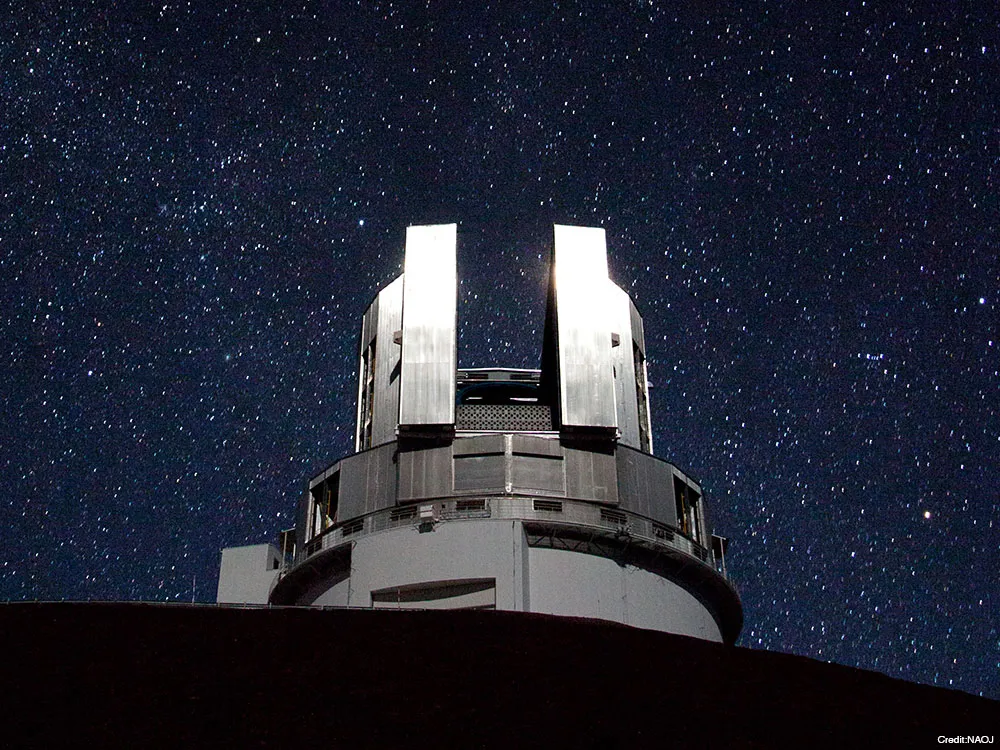
In total some 90 Kuiper Belt objects were uncovered by this detailed search, but only 9 appear to be within the observing capabilities of the NASA craft.
"The biggest challenge right now is fighting the clock," says Porter. "New Horizons is rapidly moving away from the centre of the Kuiper Belt, so the number of Kuiper Belt objects near the spacecraft is declining over time.
"That means that most of the objects that we found are visible sooner rather than later, and we need to work quickly to determine their orbits well enough to observe them with New Horizons."
To achieve this, Porter and his colleagues intend to bring the powerful optics of the Hubble Space Telescope to bear upon the nine distant bodies.
“We can then use the high-precision Hubble data to either guide the New Horizons observations of these objects in December, or rule them out as too faint [for the probe to see],” he adds.
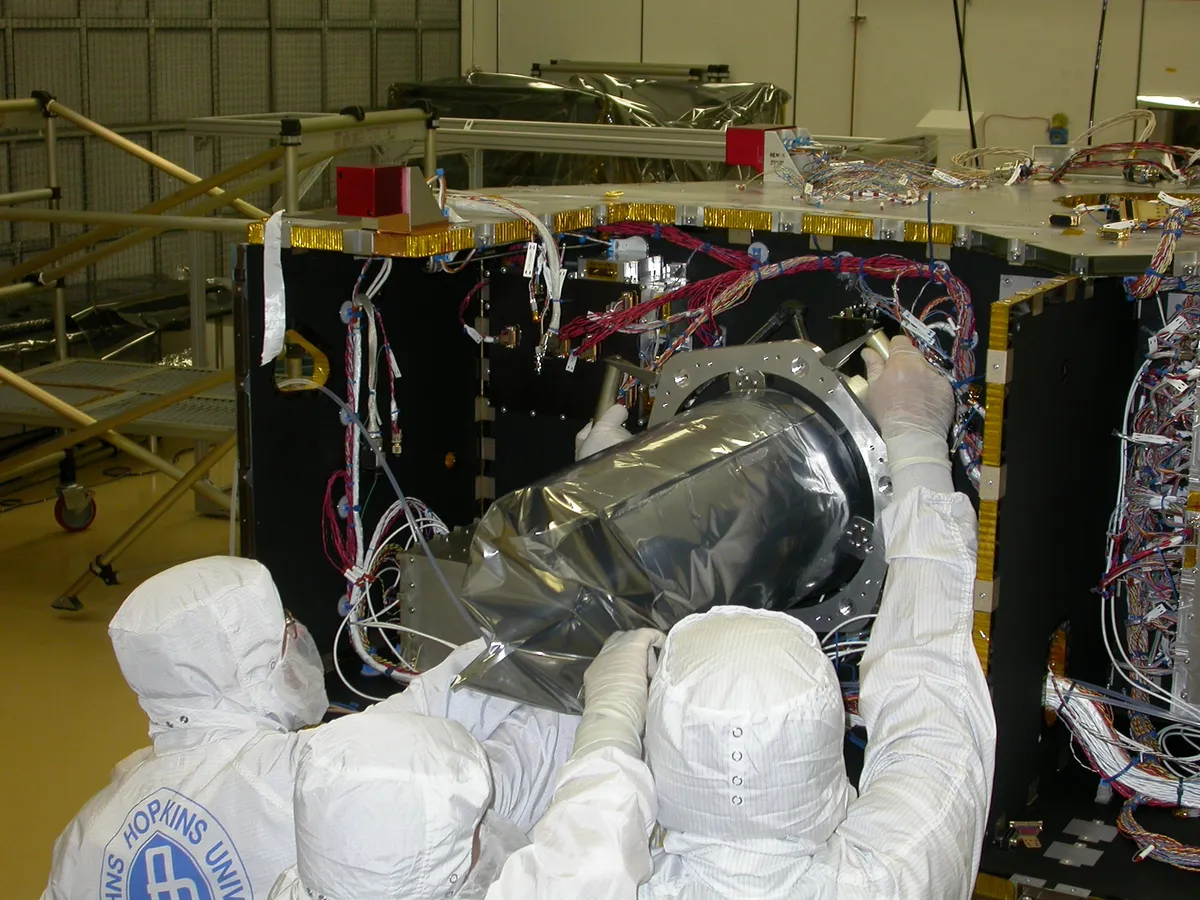
Due to the great distance that New Horizons will be observing the targets at – the spacecraft flew about 3,500km from Arrokoth, but these will be some 150 million km off, and potentially further – the probe’s sensitive long-range camera LORRI will be making the new observations.
Even then the icy objects will only appear as a fleck of light against the background stars. But that tiny spot contains a great deal more information than you might think.
The data can allow scientists to examine how that Kuiper Belt object scatters light. One currently unresolved mystery is that the larger worlds of the Kuiper Belt – like Pluto, MakeMake, Eris and Haumea – seem to scatter light differently to the smaller bodies, such as Arrokoth.
Could this be down to a difference in surface texture or is it something to do with the shape of the objects?

"My suspicion is that it’s a combination of both," says Anne Verbiscer. "The question would be, can we disentangle those two things and say this much is attributed to an irregular shape and this much of what we see is because the surface is actually something different."
Gathering more observations may help illuminate the answer.
For some of the brighter Kuiper Belt objects it’ll be studying, New Horizons will be making repeat observations over the course of 18 hours.
By examining how the brightness of the targets fluctuates, researchers on the mission will be able to create so-called ‘light-curves’ for the bodies.
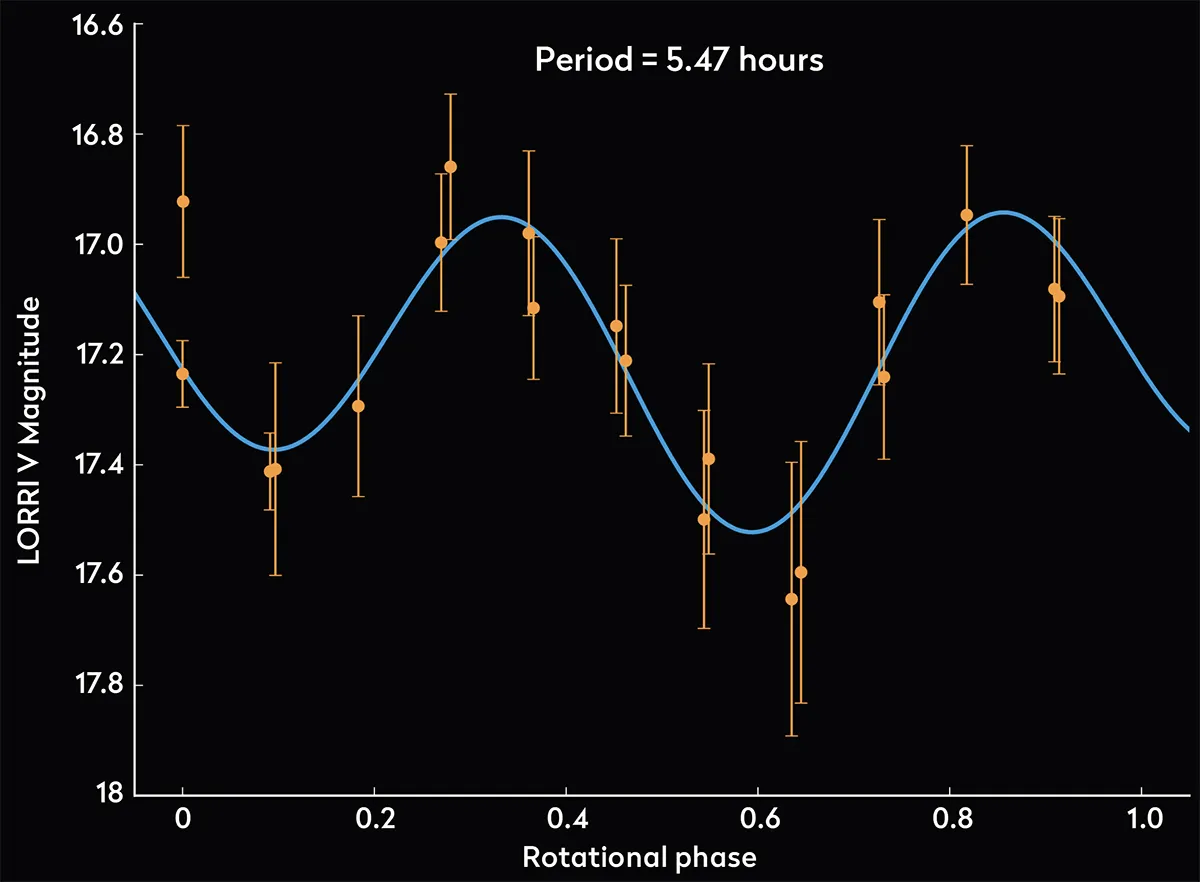
"What you’d like to see then is a repeated pattern of getting bright, getting dark, getting bright, getting dark," explains Verbiscer, describing the changing pattern of brightness as the target spins. "You can match that up [and] fold it on to itself, and that’s how you get the rotation period," she adds.
The light-curves acquired from the unique perspective of New Horizons could also be analysed alongside those created from ground-based studies, potentially revealing insights into the shape of some of these distant Kuiper Belt objects.
"When you’re looking from the vantage point that New Horizons has out in the outer Solar System, compared with the viewing geometry you would have here from Earth [based observations], those light-curves look quite different from objects that have irregular shapes," says Verbiscer.
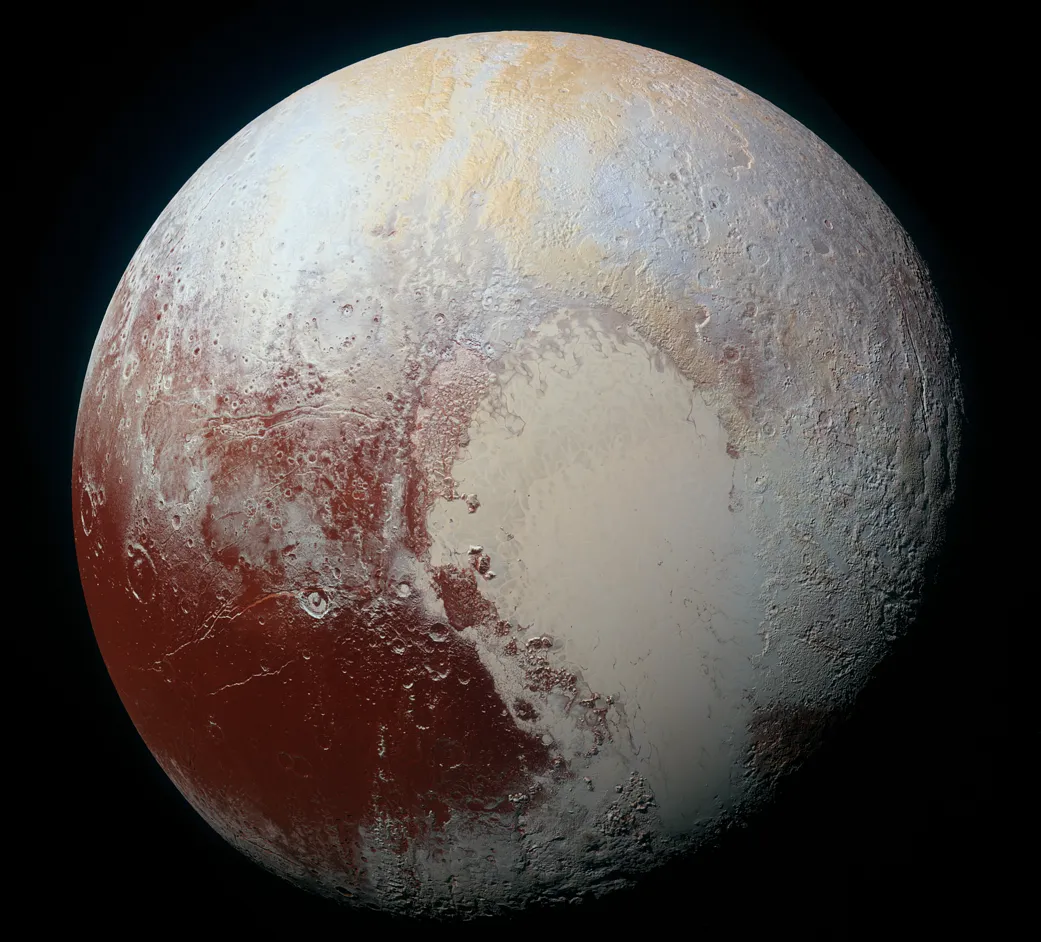
Incredibly, the light-curve and light-scattering measurements can even give clues to the nature of the target’s surface.
For example, one property the team may be able to examine is the porosity of the material on the object – that is how ‘fluffy’ the ground is.
"We think that micrometeoroids bombarding the surface is what makes it fluffy," says Verbiscer. "So that would be a measure of how much bombardment it’s experienced over its entire lifetime."
Against the backdrop of the mission’s observations in the Kuiper Belt, there’s still something of a lingering hope that New Horizons might be able to make another close Arrokoth-style visit to a Kuiper Belt object further out.
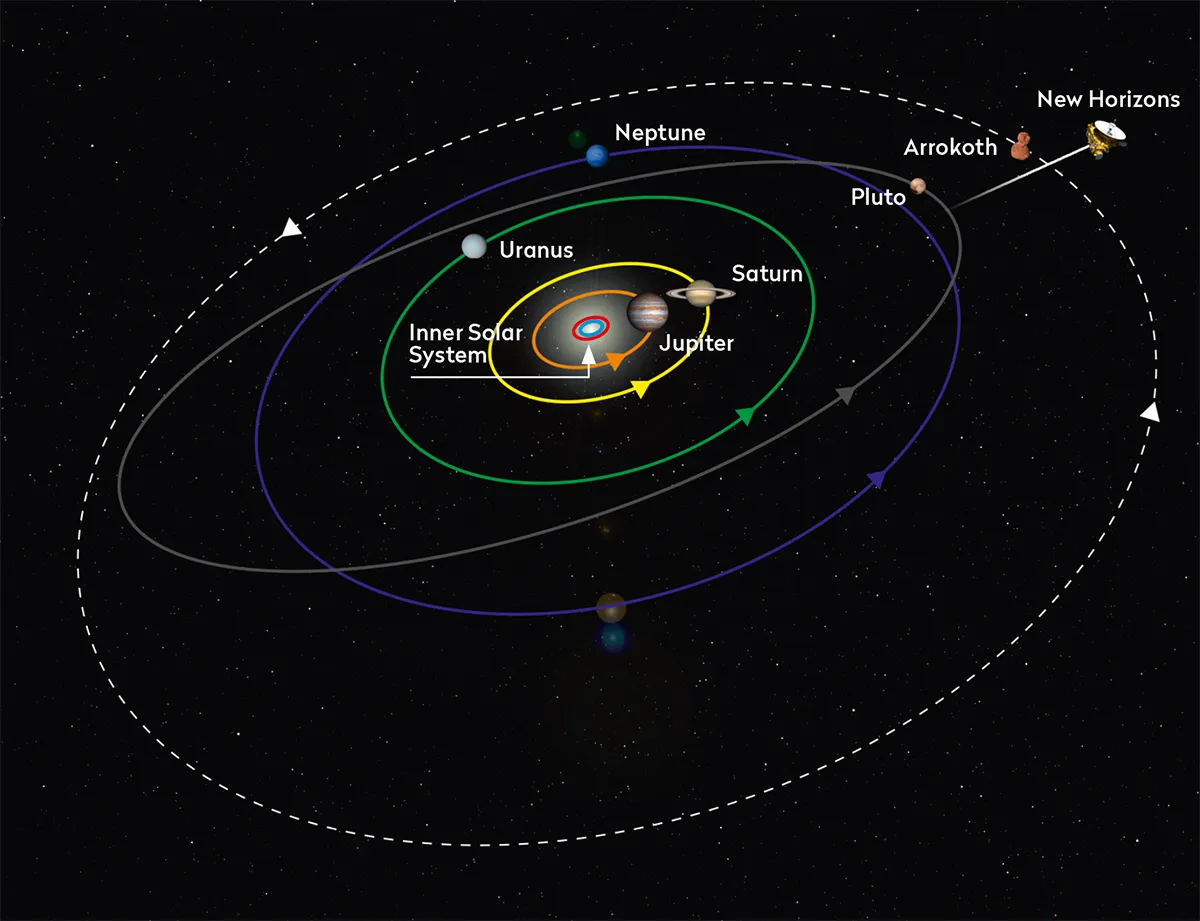
However, both Porter and Verbiscer stress that the odds of finding a suitable destination appear to be slim.
"We’re checking every object to make absolutely sure," says Porter. "Like for Arrokoth, the Hubble observations are critical for knowing the orbits of the [objects] well enough to know if they are potential flyby targets."
For a mission that’s produced so many surprises so far, such a finding would certainly rank as one of its most welcome.
Will Gater is an astronomy journalist and science presenter. This article originally appeared in the December 2020 issue of BBC Sky at Night Magazine.
